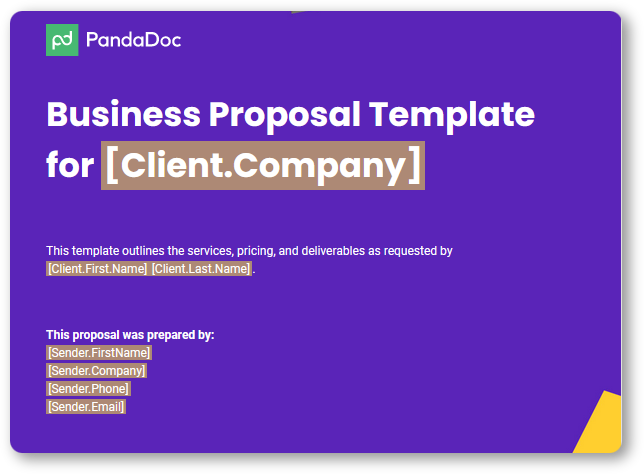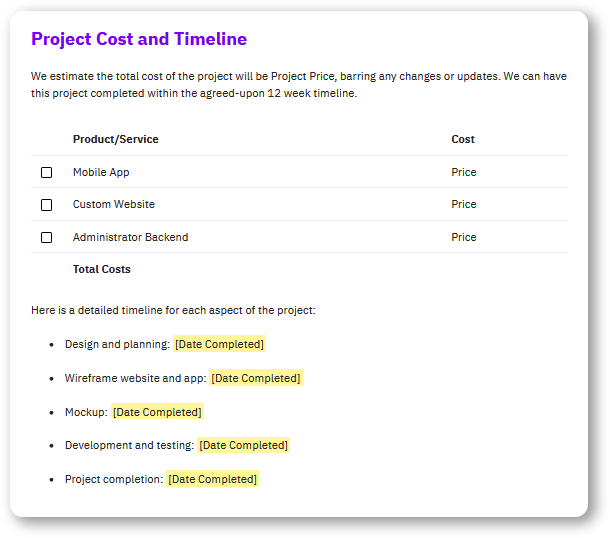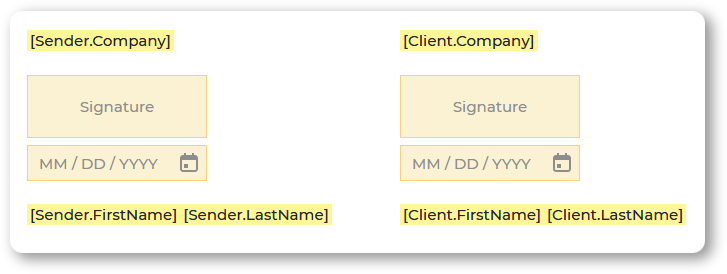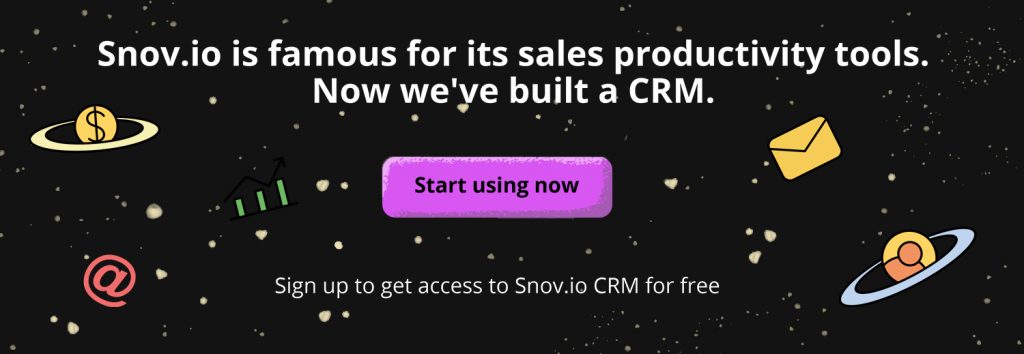Business proposal
“How to make a business proposal?” — a question that, perhaps, any B2B startup has faced at least once.
Successful selling consists of many components, with the quality product or service being just one of them. Sometimes, a sales presentation or business proposal can boost a customer’s sales funnel movement and increase the number of successfully closed deals.
Here, we’ll explain the differences between types of business proposals and give some valuable tips on how to write them.
What is a business proposal?
A business proposal is aimed at attracting potential clients with what a company sells.
It’s a document in either digital or printed form that explains product or service features, taking into consideration the lead’s needs and wants. In other words, business proposals show how a company can help solve a customer’s specific problem.
Types of business proposals
Business proposals can be solicited and unsolicited.
A solicited proposal is sent upon customer request and can be formal or informal. An unsolicited proposal is sent out as a base test and, in this sense, is similar to a cold email.
Consider these business proposal examples:
Informally solicited proposal
Company A has discovered Company B and got interested in its products. As the result of an informal conversation between the two, Company A asks for a document to learn more details about the product’s quality, shipping terms, pricing options, etc. It isn’t obliged to respond to the offer.
Formally solicited proposal
Company A is a regular client of Company B and has already figured out what it needs. It’s willing to place an order and wants to double-check the terms before paying.
Company A asks Company B to send a business proposal, containing item names, prices, shipping details, etc. After receiving an offer, it’s obliged to respond during an agreed period. In case Company A agrees to the terms, the offer will turn into a legally binding purchasing agreement.
Unsolicited proposal
Company B runs a lead gen campaign and wants to inform Company A about services offered. It creates a general proposal that contains an introduction of Company B, its expertise, terms for cooperation, partnership programs, and other business-related information.
Customer request types
Although solicited business proposals are made upon the request from a prospect, clients’ requests may differ, depending on the number of details included:
Request for information
RFI is a request that buyers issue for discovery purposes, e.g., to compare products, services, or vendors present on the market.
Request for proposal
This is an in-depth document that asks for a formally solicited business proposal. A buyer may send RFPs to several vendors and then choose the best offer.
Request for quotation
Also known as the Invitation for Bid, RFQ is issued when a customer wants to purchase a specific service or product and compares prices on the market. Unlike RFPs where clients consider time estimates, provider’s experience, and other terms, RFQs are issued to make a choice based on the price.
It’s also issued in case of a prolonged deal registration process. To reduce financial or currency risks, the company requests a quote (as a sort of a promise) from a supplier to assure the right to buy the product at a specified price in the future.
How to write a business proposal in 8 steps
There is no conventional design or structure you should use for the proposal, so you may either compile it by yourself or pick up a fitting business proposal template, for example, on PandaDoc, Jotform, or Canva and adjust it to your case.
Still, there are some common elements to include in your business proposal:
1. Title Page: Present your company name, client’s name, and proposal date.
Here you should put your name, your company’s name, and a proposal title, say “Web design proposal” or “App software development.” You can also add the proposal’s starting date, your company’s registered address, phone, email, logo, and the name of the prospect.

2. Table of Contents: Provide an overview of the sections in your proposal
If your proposal isn’t a single-page document, it’s a common courtesy that you list all chapters and specify pages. Besides, you can add hyperlinks to the document to make it easier to navigate.
3. Executive Summary: Summarize your proposed solution
This is a separate-page chapter where you briefly describe who you are, what you do, and the purpose of contacting. You can also list how the customer will benefit if they choose your company, for example, “turnkey service provision,” “insurance coverage,” “dedicated manager or consultant,” and so on.
4. Main Body: Detail the problem, solution, implementation plan, and outcomes
Here you should list initial requirements from the client and precisely describe how you’re going to meet them, how much it will cost, and how long it will take.
For example:
To deliver marketing automation for Company A, we will carry out several works:
- Gathering data — [Date completed]
- Setting up CRM — [Date completed]
- Transferring the existing customer database to CRM — [Date completed]
- Testing CRM’s work — [Date completed]
- Connecting CRM with marketing automation tools — [Date completed]
- Test tools’ work — [Date completed]
- Training consultation — [Date completed]
- Training deliver — [Date completed]
The level of precision is up to you and your client; however, it’s better to be as specific as possible. If you respond to RFPs or RFQs, you can add a correspondence matrix — a table where customer’s requirements are matched with the proposal’s page numbers or chapters.

5. Additional Clauses: Include any special terms or conditions
If some details may vary, e.g., you predict that some additional costs can occur during the agreement execution, mention them in this chapter.
6. Pricing and Billing: Detail the costs, payment schedules, and methods
Specify the exact sum and payment details. You can also include shipping terms, in case there’s goods delivery.
7. Terms and Conditions: Define the rules of the agreement
Wrap up your offer — mention the expected duration, payment methods, and schedule.
8. Acceptance Page: Provide space for the client to confirm agreement
This is a page for approval signatures. The client can either send you the letter of acceptance or sign the initial proposal, depending on the prior agreement with you.

And here’s one more tip!
If you want to learn how to create a business proposal in a particular niche, write an RFI and mail it to competing companies. This doesn’t oblige both parties to proceed with some further actions, and you can check out the document’s general structure, length, word choice, and so on.
Good luck!

















